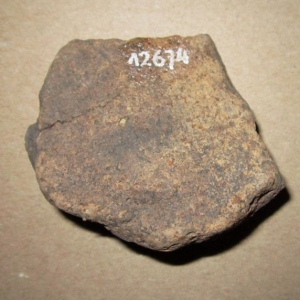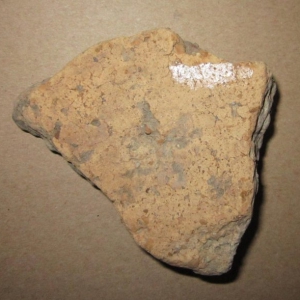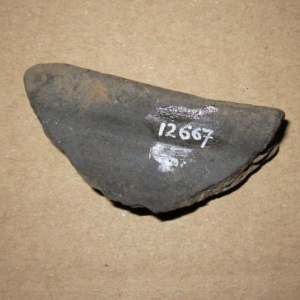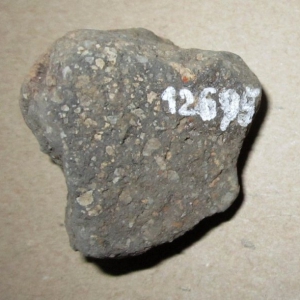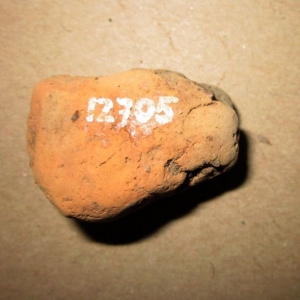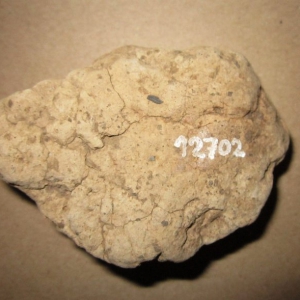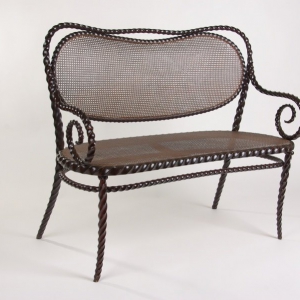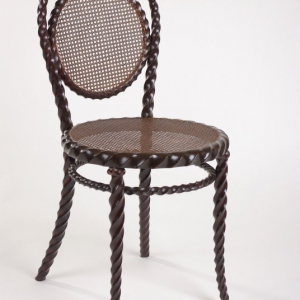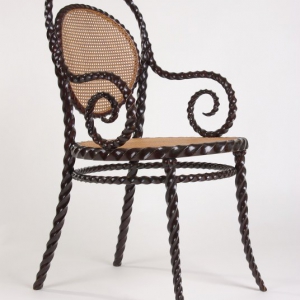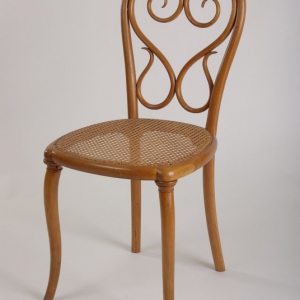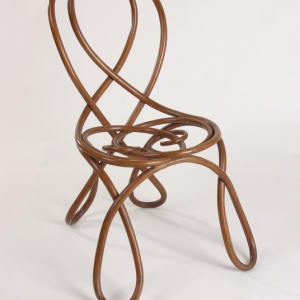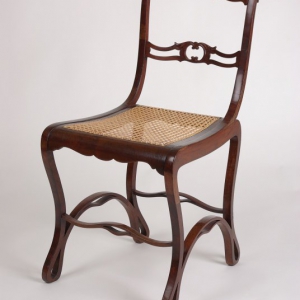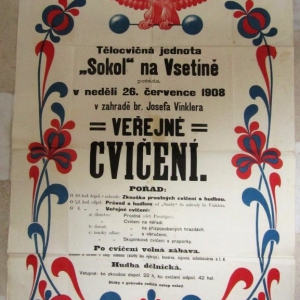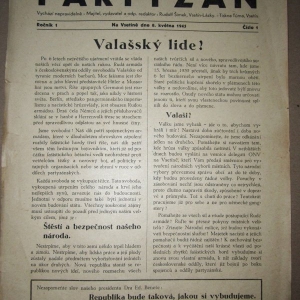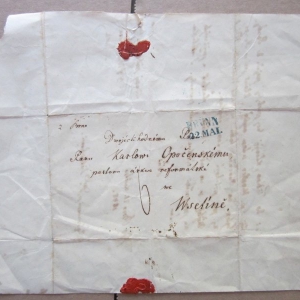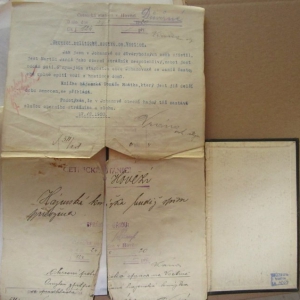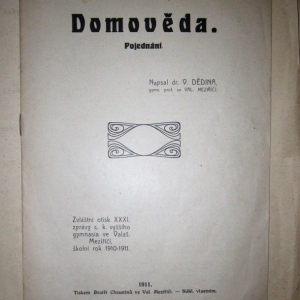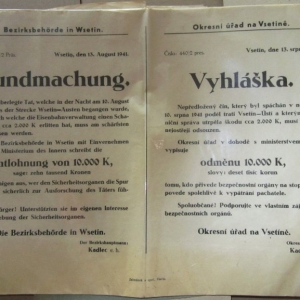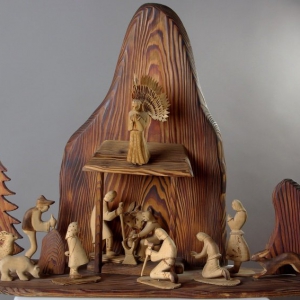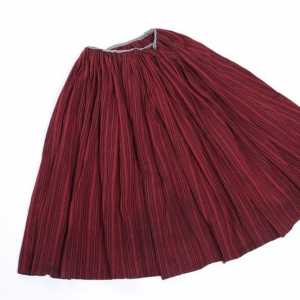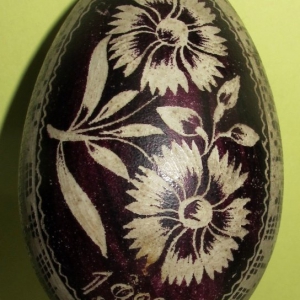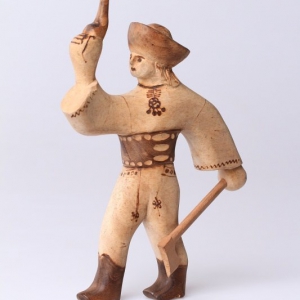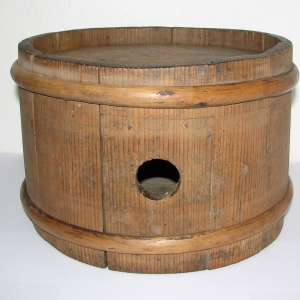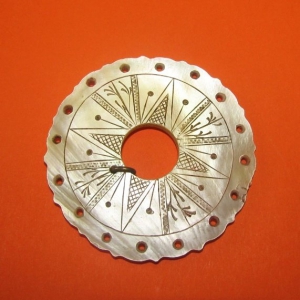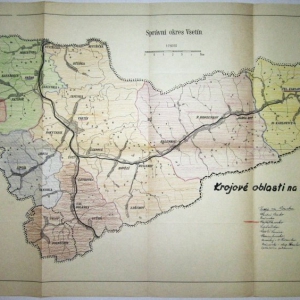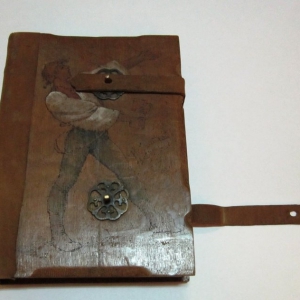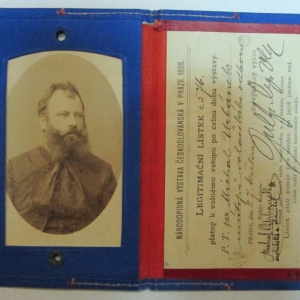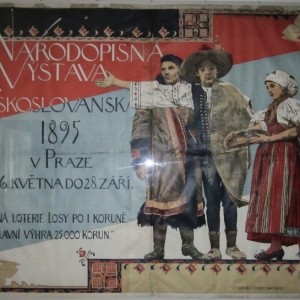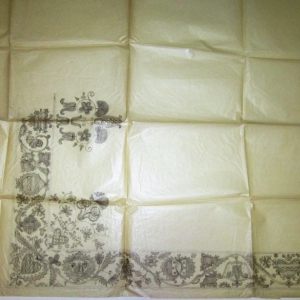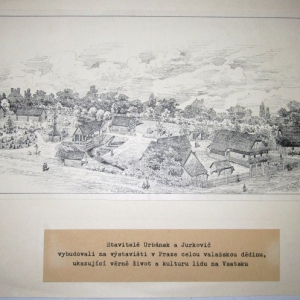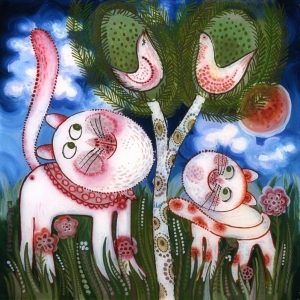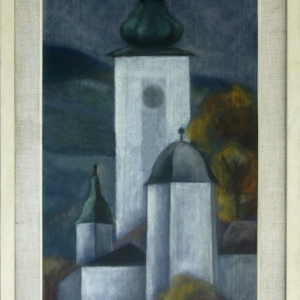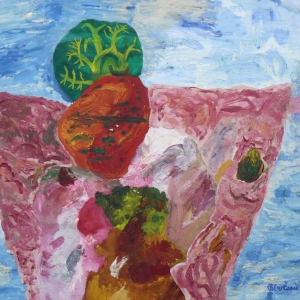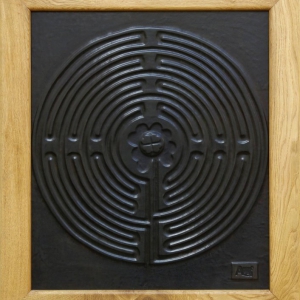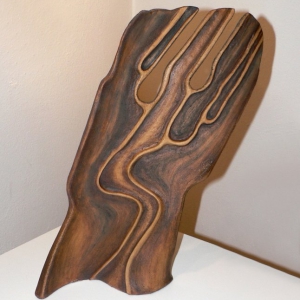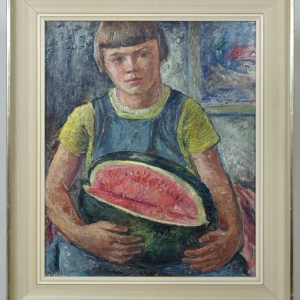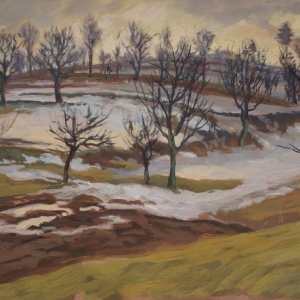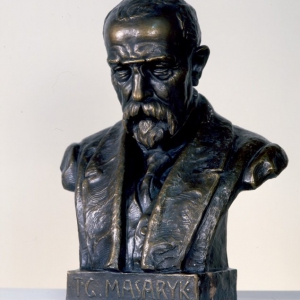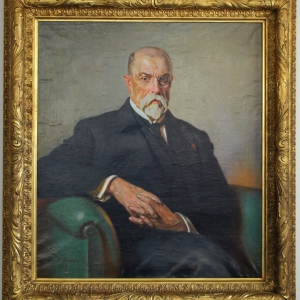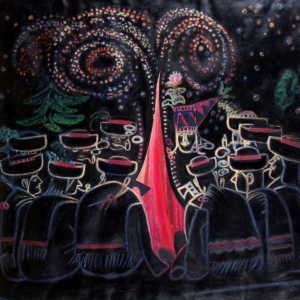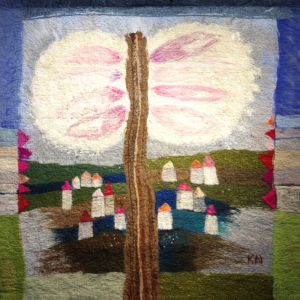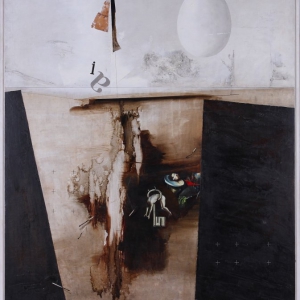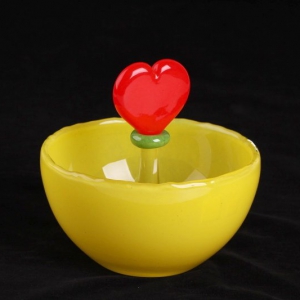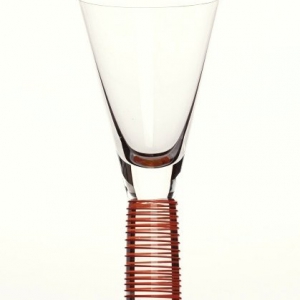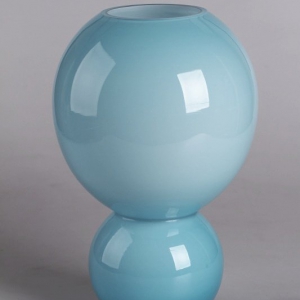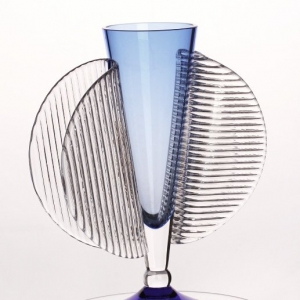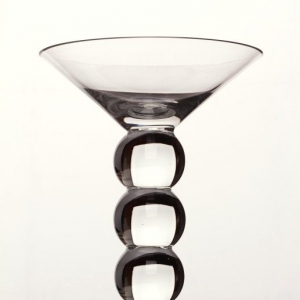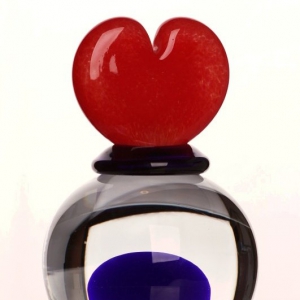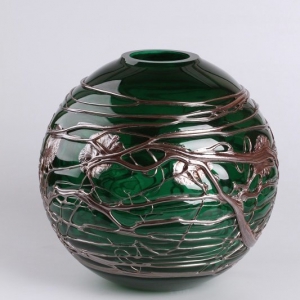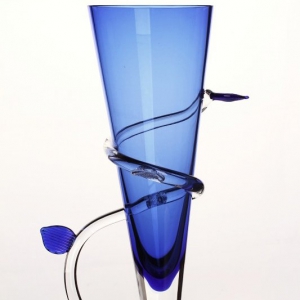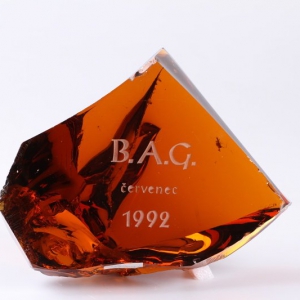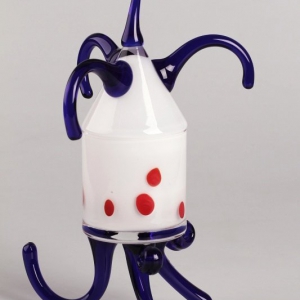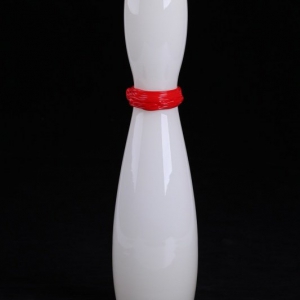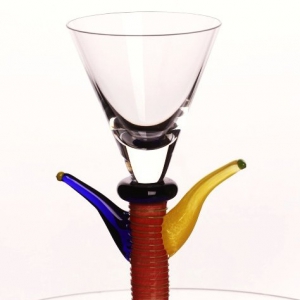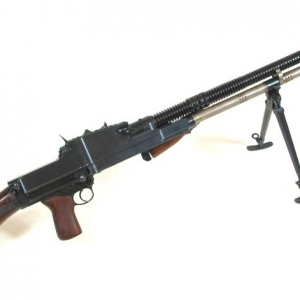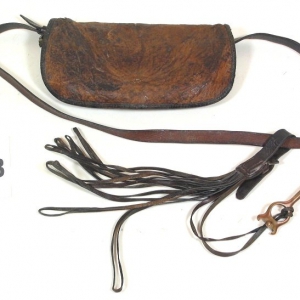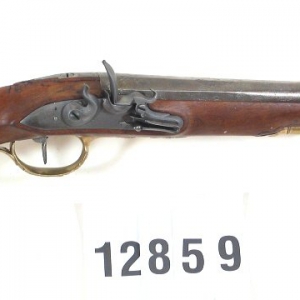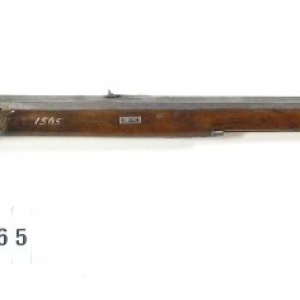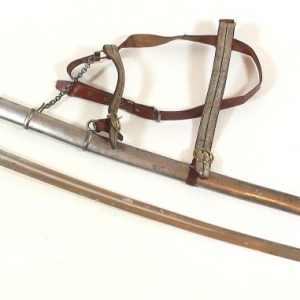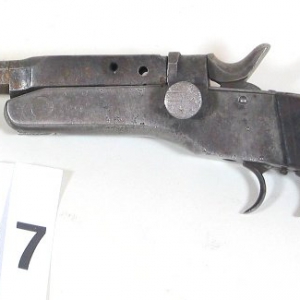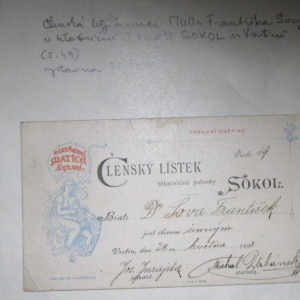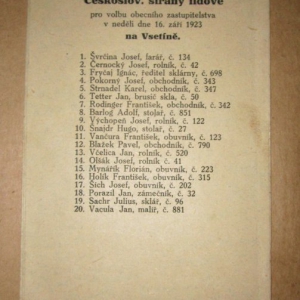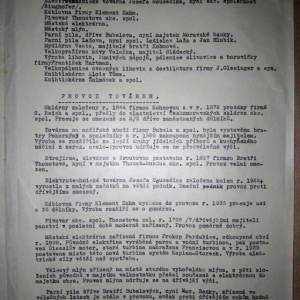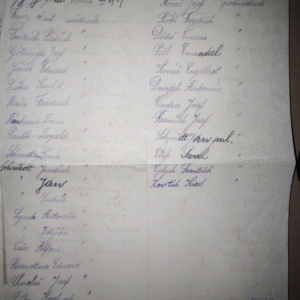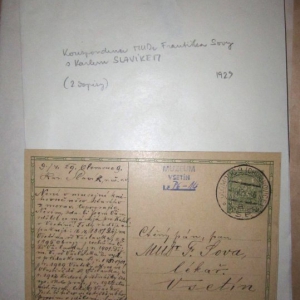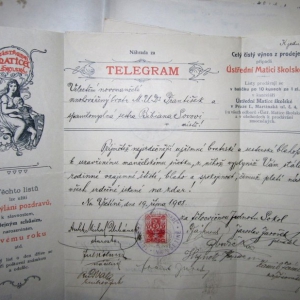Wallachian Regional Museum Collection, museum in Vsetín
The collection of the Wallachian Regional Museum, museum in Vsetín (MVV / 002-05-22 / 282002) is divided into a total of nine sub-collections - 25,479 registered items/entries and 41,733 movable assets. We describe the exact composition of each individual sub-collections in the entries below. Practically all of the items in our collections are cultural rather than natural artifacts. Our most valuable collections contain bentwood furniture, products or arts and crafts, an extensive ethnographic collection, a collection of glass and fine arts. The collection also preserves the estates of famous Vsetín inhabitants and historical objects that document the history of the region.
|
Area |
9 - Archaeology |
|
Sub-CollectionDescription |
The sub-collection documents life and human settlements in the region of Vsetín from the Late Stone Age (4,000 years B.C.) all the way to the 19th century. The main part of the sub-collection comprises early modern ceramic sets (a mass find from a cistern/a cesspit at the Vsetín Castle), complemented by stove ceramics from the castle itself. Unique ceramics from a china clay and earthenware manufactory in Mikulůvka and later in Lázy in the 19th century make up another special set. The prehistoric period is represented by ceramics from all the periods of Lusatian urnfield culture. A deposit of bracelets from Huslenky-Kychová also comes from this time period. The metal objects in this collection are also quite significant; they include military artefacts from the medieval period, such as a sword, a spear, knives and arrowheads. Finally, the collection contains several Eneolithic hatchets, modern glass and skeletal material of human and animal origin. |
|
No. of Registered Items |
430 |
| Area |
25 - Other - Arts and Crafts |
|---|---|
| Sub-collection Description |
This sub-collection contains several different collections: ceramics, metal, historical furniture, bentwood furniture, Christmas decorations and various other pieces, all originating from the regions of Vsetín, Valašské Meziříčí and Rožnov since the 18th century up to date. The items have previously been parts of castles, bourgeois homes or churches and thus they document the living style and standards of the local population and their culture. The core of the sub-collection consists of objects associated with famous residents (e.g. the last owner of the Vsetín Castle Marie Baťová, Vsetín painter F. Hlavica, ethnographer J. Válek, and so on) as well as products of applied arts and crafts made in Wallachia (e.g. furniture based on designs of DS Jurkovič, bent furniture by Gebrüder Thonet and J. & J. Kohn, painted china from the shop of A. Jaroňek, a painter from Rožnov pod Radhoštěm and Christmas decorations from the Irisa company). |
| No. of Registered Items | 1411 |
| Area |
19 - Documents and Prints |
|---|---|
| Sub-collection Description |
This sub-collection contains documents and prints collected in the municipalities in today's district of Vsetín, while materials related to the city itself make up most of the collection. Some items originally come from other districts, especially official documents, correspondence and items in personal estates. Overall, the sub-collection includes items from the end of the 18th century to the present. The sub-collection includes both written and printed two-dimensional materials, which document the development of crafts and industry in the region, the origin and activities of organizations, associations, institutions as well as individual lives. There is also a set of cartographic materials - maps and plans. It contains official and personal documents, correspondence, ID cards, school exam certificates, professional certificates, diplomas, commemorative books and items, diaries, posters, invitations, information leaflets, company catalogs, advertising and promotional materials, newsletters, decrees and other legal regulatory documents, financial account statements, contracts, reports, school textbooks, individual issues of newspapers and magazines, small brochures, cultural programs, statutes of associations, election documents, etc. The most interesting objects in the sub-collection are an Jan Brlica's illustrated diary from the prison in Uherské Hradiště in 1940 and the diary of MUDr. Adolf Bártek depicting the events of 1937–40. |
| No. of Registered Items | 3065 |
|
Area |
11 - Etnography |
| Sub-CollectionDescription |
The ethnographic sub-collection of our museum includes material objects that document the folk culture in Wallachia, particularly in the region of Vsetín. It is very diverse, so we have divided it into sets as follows.
Overall, the ethnography subcollection preserves material objects from Wallachia (and from Slovakia and from Slovácko, a region South Moravia) but the collection items mainly originate from Vsetín and its surroundings. The subcollection illustrates social life from the 18th century up till now. |
| No. of Registered Items | 5742 |
| Area | 24 – Other: Ethnography (documents, scripts, prints) |
|---|---|
| Sub-collection Description | This sub-collection contains written evidence about national revival activities and ethnographic research in the Moravian region of Wallachia. The oldest texts in the collection document efforts to study and record folk culture (lidozpytné hnutí) prior to the Czechoslavic National Exhibition in 1895 (letters,reports, manuscripts). Materials from later dates, such as posters, invitations, tickets, folklore event programmes, sketches of folk embroidery, unpublished articles (even announcements about funerals of museum workers and collaborators), all concern the history of ethnographic and historical research in the greater region of Wallachia from the second half of the 19th century up to date. |
| No. of Registered Items | 769 |
| Area |
15 - Fine Arts |
|---|---|
| Sub-collection Description | The sub-collection contains paintings and sculptures, mainly by visual artists associated with Wallachia both through their work and their place of living. The central part of the collection are paintings, drawings and prints by "Wallachian Classics". The founders of the local artistic tradition, who have also been called "the Soláň masters", include Karel Hofman, Jan Kobzáň, František Podešva and Alois Schneiderka, the Hlavica brothers, Antonín Strnadel, Luděk Majer, Ludvík Klímek, Jan Hrnčárek, Ilja Hartinger, Josef Hapka, Jaroslava Hýžová, etc. They predominantly depict landscapes, people, life in the countryside and still lifes. Untraditional artistic expression is represented by the highly acclaimed work of the modern painter Miloš Boria and the works of artists of the second half of the 20th century: JJ Králík, M. Adámek, M. Machala, P. Drda and others. The collection also includes a volume of prints confiscated from Maria Baťová (artwork from Baroque, Japan, veduta, genre, etc.) as well as prized works of art by Czech artists from other regions obtained as gifts (for example from the Ministry of Culture of the Czech Republic). |
| No. of Registered Items | 2458 |
| Area |
24 - Other: Glass |
|---|---|
| Sub-collection Description | The sub-collection is one of the museum's essential and unique collections, because it documents the important history of glassmaking in Wallachia since its heyday in the second half of the 19th century until the beginning of the 21st century. It includes products and objects related to the beginning of the industry of the glassworks in Vsetín, Valašské Meziříčí, Karolinka, Velké Karlovice and other locations all the way to the business activities of the Reich company at the turn of the centuries. In addition to historical and contemporary table and drinking glass, the collection consists of a large set of lighting and technical glass, including historical tools, obtained directly from the showrooms of the Vsetín glassworks. The preserved artifacts testify to the craftsmanship, technological ingenuity and artistic feeling of their more or less well-known designers and makers. This original collection of handmade decorative glass also includes collection items created by the Vsetín glassworks B. A. G., Ltd. (1992–2002), where experienced glass masters realized creative ideas of important Czech artists and foreign designers. Part of the collection also contains artifacts and products made of glass of unknown origin, which come from urban households from the end of the 18th century to the present. |
| No. of Registered Items | 2019 |
| Area | 10 - History |
|---|---|
| Sub-collection Description |
This sub-collection contains objects related to the history of the region, the town of Vsetín and famous local residents, from the Middle Ages to the 20th century. It contains weapons and armour, flags and banners, seals, coins, banknotes and medals, military artifacts from the First and Second World Wars, products of regional cooperatives and industrial plants, utility items from rural and urban households, offices and shops, sports equipment , technical devices and everyday objects from the period of state socialism. The most valuable items in the sub-collection are military objects and weapons used in the anti-fascist resistance in Wallachia and products from the Josef Sousedík factory. Collections relating to more ancient local history were acquired for the museum by former museum historians through their own professional research. Others were donated to the museum by members of the public. The oldest segment of the collections was originally part of the private collections owned by MUDr. Sova, the founder of the Vsetín Museum, and by his colleagues in the field. |
| No. of Registered Items | 3493 |
| Area |
24 - Personal Estates of Famous Residents |
|---|---|
| Sub-collection Description |
The sub-collection of personal estates contains materials from the testators of estates in the Vsetín area in the the 19th and the 20th centuries. The estates consist primarily of documents, but there are also printed documents and small three-dimensional objects that belonged to memorable personalities in local arts, politics and in society in general. For example, the collection preserves personal documents, official publications, correspondence, manuscripts, diaries, notebooks, transcripts, extracts, photographs, drawings, books, items that are evidence of the owners' work, objects that belonged to their families and small personal objects and souvenirs. Documents in personal estates have been gradually entrusted to the museum in the form of donations by surviving family members or state organizations. The Vsetín museum takes care of the following personal estates: Jan Misárek Slavičínský (writer), Jan Rous (ethnographic worker), Matouš Václavek (ethnographic worker), Karel Kobliha (historian), Richard Pavlík (chronicler, ethnographic worker), František and Bibiana Sova (doctor and ethnographer), Jan A. Češek (composer), RNDr. Bohumil Peroutka (historian), Josef Kašpar (folk writer), Rudolf Mareček (politician figure, founder of Interhelp), Bohuslav Kříž (school principal, ethnographer), František Hlavica (painter) and Miloš Boria (painter). |
| No. of Registered Items | 7026 |
